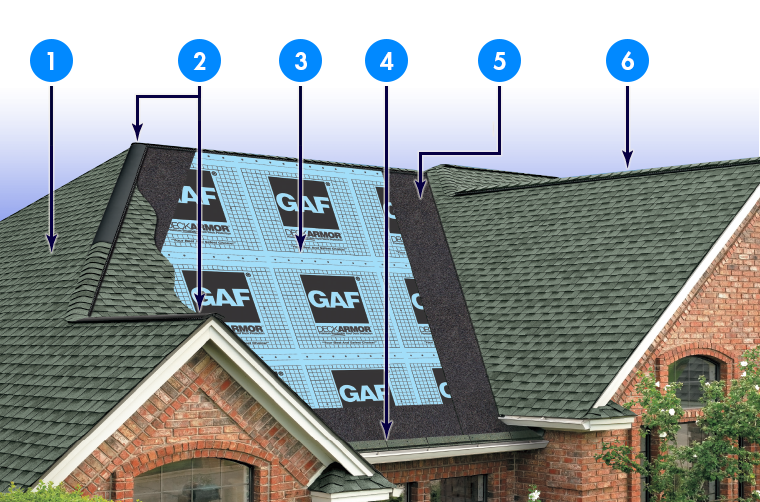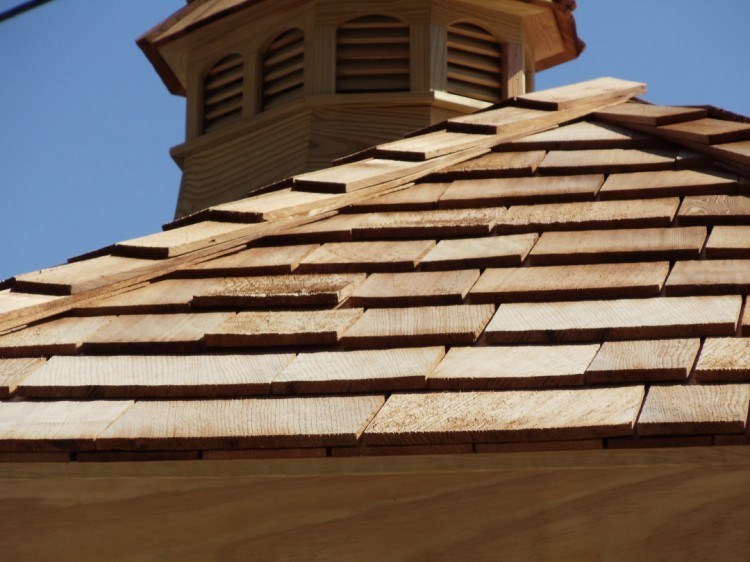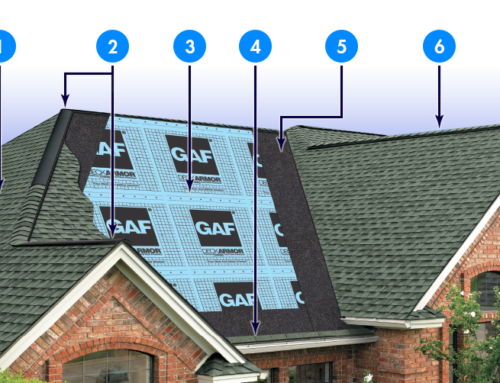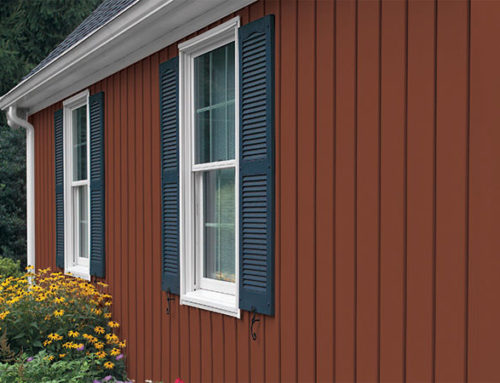The roof, often overlooked in favor of more glamorous interior features, quietly performs the crucial task of sheltering our homes. It’s only when it fails, such as through leaks, that its importance becomes apparent. Steve Gibson, owner of Gibson Roofing, emphasizes that the roof is a fundamental investment in safeguarding everything within a house.
With the plethora of roofing materials available, selecting the right one can be daunting. We advise homeowners to approach the decision well-informed. Understanding the various options and knowing when to replace a roof and how to ensure proper installation are key considerations.
How to Choose The Right Roofing Material
Roofs play a significant role in a home’s curb appeal. Our staff likens them to a house’s “window dressing,” capable of making a bold statement. To make an informed choice, start by surveying neighboring properties to gauge popular materials and local building codes. Each region may have specific requirements dictating acceptable materials and installation methods.
Once familiar with local trends and regulations, explore the top roofing materials:
Wood shingles exude classic charm and offer high wind resistance but require regular maintenance.
Asphalt shingles, the most popular choice, come in various styles and colors, offering durability and energy efficiency.
Clay and concrete tiles boast durability, energy efficiency, and curb appeal but require professional installation and maintenance.
Metal roofing, growing in popularity, offers durability and low maintenance but requires skilled installation.
Exploring the Top Roofing Materials: A Guide to Choosing the Perfect Fit for Your Home
In the realm of home improvement, few decisions are as crucial as selecting the right roofing material. Not only does your roof protect your home from the elements, but it also contributes significantly to its aesthetic appeal and energy efficiency. With a plethora of options available, each boasting its own set of benefits and drawbacks, homeowners are often left pondering which roofing material best suits their needs. In this comprehensive guide, we’ll delve into some of the most popular roofing materials, exploring their unique features and advantages.
Cedar Wood Shingles and Shake Roofing
For a timeless, rustic charm, wood shingles and shakes remain a popular choice among homeowners. Typically crafted from cedar, redwood, or pine, these natural materials lend a warm, inviting aesthetic to any home. Beyond their visual appeal, wood shingles and shakes offer excellent insulation properties, helping regulate indoor temperatures and reducing energy consumption. However, they require regular maintenance to prevent rot, mold, and insect infestations.
Asphalt Shingles
Asphalt shingles reign supreme as the most common roofing material in North America, and for good reason. They offer affordability, durability, and versatility, making them an attractive option for many homeowners. Available in a variety of styles and colors, asphalt shingles can complement virtually any architectural design. Additionally, they require minimal maintenance and boast a relatively long lifespan, typically ranging from 15 to 30 years.
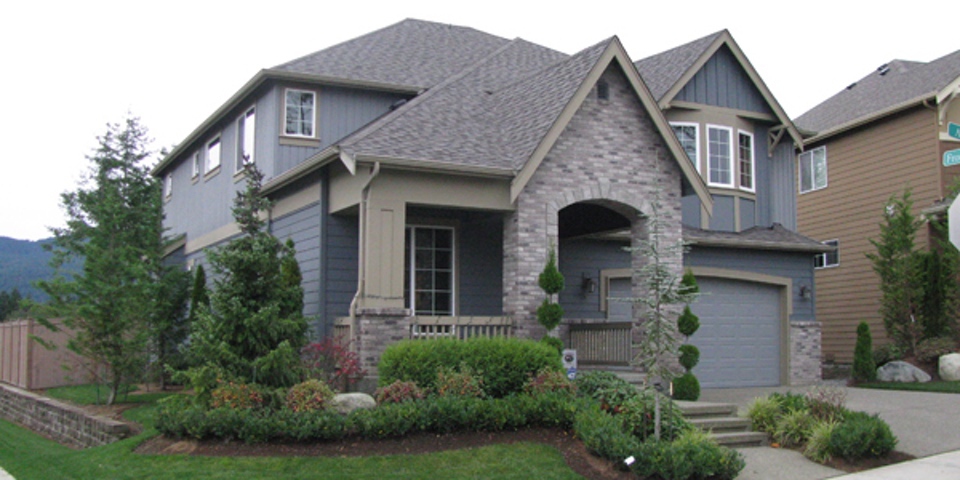
Clay and Concrete Tile Roofing
Clay and concrete tiles have long been favored for their durability and distinctive appearance. Originating from Mediterranean and Spanish architectural styles, these roofing materials add elegance and sophistication to any home. In addition to their aesthetic appeal, clay and concrete tiles are highly resistant to fire, rot, and insect damage. They also boast exceptional longevity, with lifespans exceeding 50 years. While the upfront costs may be higher, the durability and aesthetic value of these tiles make them a worthwhile investment for many homeowners.
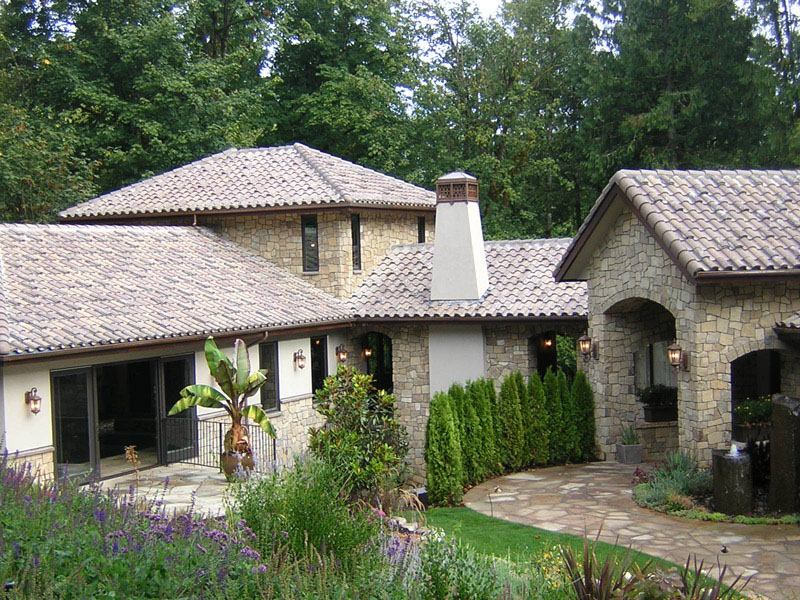
Slate Roofing
Slate roofing exudes a sense of timeless elegance and luxury, making it a popular choice for upscale homes and historical buildings. Quarried from natural stone, slate tiles offer unparalleled durability and longevity, with some roofs lasting over a century. Beyond their durability, slate tiles are fire-resistant, environmentally friendly, and virtually maintenance-free. However, the weight and cost of slate roofing can present logistical and budgetary challenges, making it a more suitable option for certain homeowners.
Metal
Metal roofing has surged in popularity in recent years, prized for its exceptional durability and longevity. Constructed from materials such as steel, aluminum, or copper, metal roofs can withstand harsh weather conditions, including heavy rain, snow, and high winds. Furthermore, they are fire-resistant and highly energy-efficient, reflecting solar heat and reducing cooling costs. While the initial investment may be higher than other options, the long-term savings and durability often make metal roofing a wise choice.

Choosing the right roofing material involves careful consideration of factors such as budget, climate, aesthetics, and long-term maintenance requirements. Whether you opt for the affordability of asphalt shingles, the durability of metal roofing, the natural beauty of wood shakes, the elegance of clay tiles, or the timeless appeal of slate, each material offers its own unique benefits and charm. By understanding the strengths and limitations of each option, you can make an informed decision that enhances both the functionality and aesthetics of your home for years to come.
Roof Replacement and Installation Considerations
Replacing a roof is a significant undertaking typically done once every 30 years. Identifying the right time for replacement can be challenging, but regular inspections, especially before winter and rainy seasons, can reveal issues like missing shingles or cracks. Professional inspections are advisable for a thorough assessment.
When it’s time to replace, hiring a certified installer from a reputable company is essential. Ensure they have insurance and inquire about weather protection and ventilation measures. Review warranties and clarify coverage details.
Conclusion: The roof, often overlooked, is a critical component of any home. Choosing the right material and ensuring proper installation are vital for long-term protection. With careful consideration and professional guidance, homeowners can make informed decisions and appreciate the value of this essential structure.


